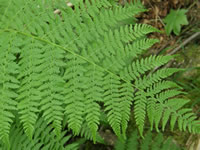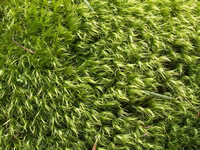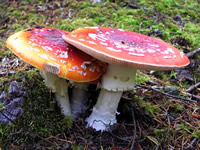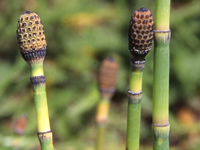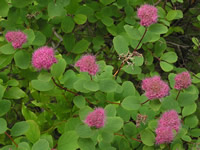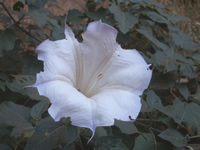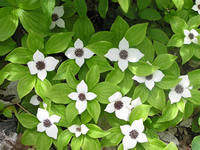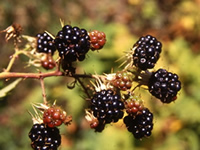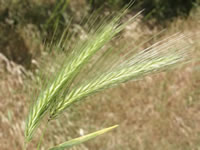|
__ |
|
Goldenback Fern, Pityrogramma triangularis, is a low growing fern around twelve inches high. Without water during the summer months it remains dormant. The dark green fronds are coated with a yellowish powder on the underside which gives it the common name of Goldenback. It occurs in rock crevices and at the base of boulders.
|
| |
|
|
 |
One of the evergreen ferns native to western North America is the Licorice Fern, Polypodium glycyrrhiza. It is often seen growing on the trunks and branches of trees, but also on rocks, logs and mossy areas. Its name come from its licorice-flavored rhizome. |
| |
|
|
 |
Another evergreen is the Deer Fern, Blechnum spicant. This is a very attractive, compact fern. It is also called the hard fern because of its tough leathery leaves. The leaves are ladder shaped and the older leaves form a rosette near the ground. The new growth is more upright. |
| |
|
|
 |
|
 |
Oak Fern, Gymnocarpium dryopteris, enjoys the wet sites in cool forests and thickets and stream banks at moderate elevations. The triangular fronds held horizontally help to identify this fern. |
| |
|
|
 |
The Lady Fern, Athyrium filix-femina. is a large spreading perennial fern that grows in moist and wet forest thickets and along stream banks |
| |
 |
Lady Ferns grow on single stems, each with a single frond. The plant is deciduous dying back in the winter and starting new growth in the spring. |
| |
 |
Spiny Wood Fern, Dryopteris expansa, is another fern that will grow well in rock crevices besides doing very well on rotting logs and tree stumps. Like many ferns, it prefers the moist cool conditions that higher elevations supply.
We hope that you found this article a helpful introduction to the world of ferns.
Happy exploring!
|
| |
|
|
|












